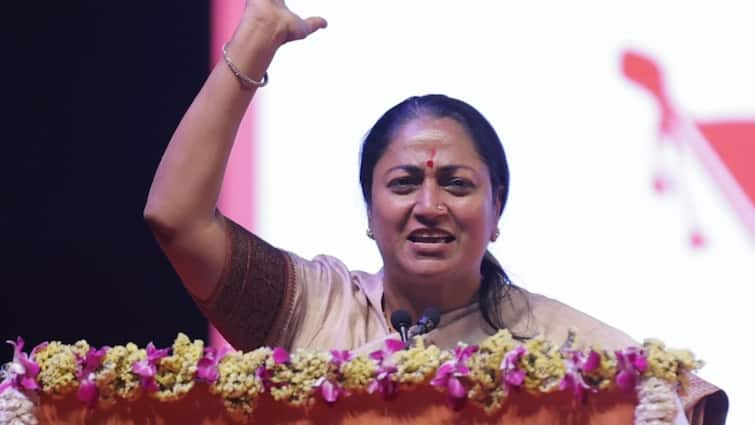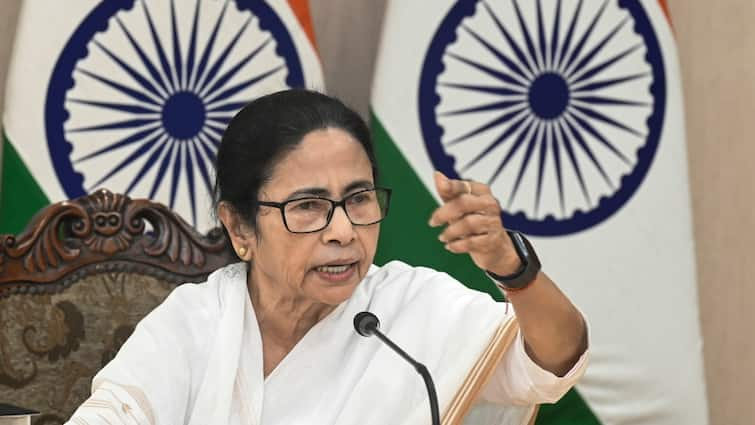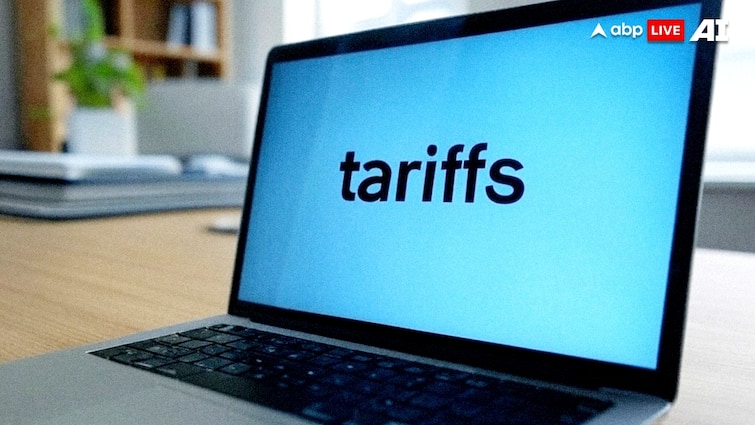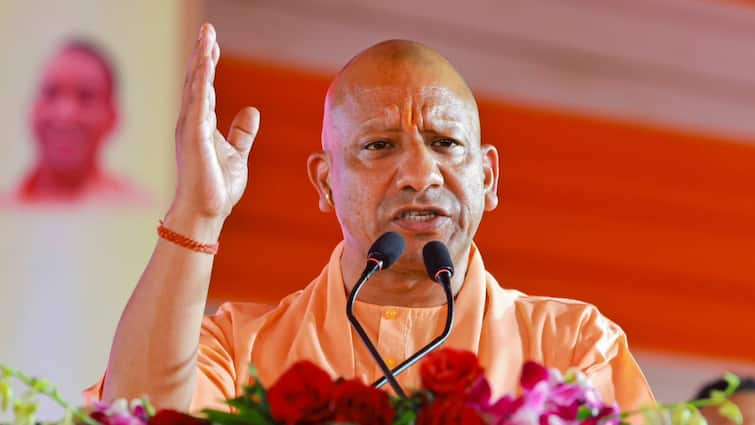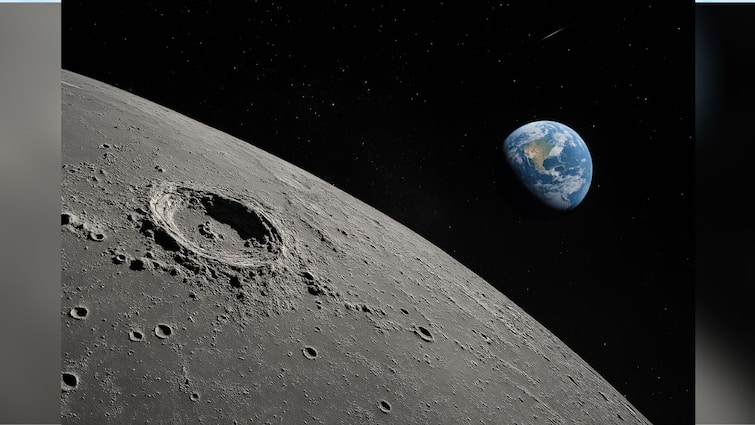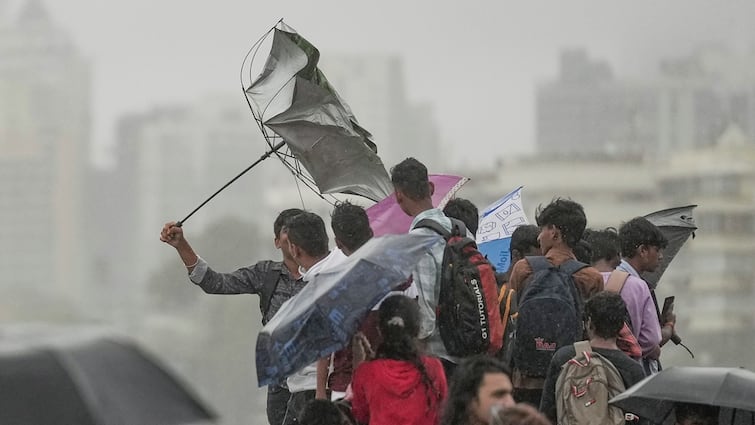
India is expected to experience above-normal rainfall during the upcoming southwest monsoon season from June to September, the India Meteorological Department (IMD) announced on Tuesday, bringing a measure of relief amid concerns over rising temperatures and water scarcity. Addressing a press conference in New Delhi, IMD Director General Mrutyunjay Mohapatra said the cumulative rainfall during the monsoon season is likely to be 105 per cent of the Long Period Average (LPA) of 87 cm.
He ruled out the possibility of El Niño conditions, which are generally associated with suppressed monsoon activity in the Indian subcontinent.
“There is a high probability for the rainfall to be above normal. Most geographical regions of the country will receive either normal or above normal rainfall. Tamil Nadu, Assam, Manipur, Meghalaya, Mizoram, Tripura, some areas in Bihar and Ladakh could receive below normal rainfall during the upcoming season,” Mohapatra said, as per news agency PTI.
The IMD categorises seasonal rainfall in the range of 105–110 per cent of the LPA as ‘above normal’. Quantitatively, the seasonal rainfall is expected to be 105 per cent of the LPA of 870 mm (1970–2020).
This marks the second consecutive year the IMD has forecast above-normal rainfall in its first Long Range Forecast (LRF) for the monsoon season. If the prediction holds true, 2025 would be the 10th consecutive year of normal or above-normal rainfall during the core monsoon months of June to September, Indian Express reported.
M Ravichandran, Secretary, Ministry of Earth Sciences (MoES), said during the release of the first-stage LRF, “This year, the southwest monsoon will be ‘above normal’. Quantitatively, it will be 105 per cent of LPA with a model error of +/- 5 per cent.”
Among the contributing factors, the IMD highlighted lower-than-average snow cover over the northern hemisphere and Eurasia between January and March. “The snow cover over these regions is below average, and it is inversely proportional to the summer monsoon, thus it will favour the monsoon seasonal rainfall over India this season,” Mohapatra explained.
The IMD also noted that both the El Niño Southern Oscillation (ENSO) and Indian Ocean Dipole (IOD) are currently in neutral phases, and are expected to remain stable throughout the season — conditions that are generally conducive to a good monsoon.
The monsoon is crucial for India’s agriculture sector, which supports the livelihood of about 42.3 per cent of the population and contributes 18.2 per cent to the country’s GDP. Notably, 52 per cent of the net cultivated area depends on monsoon rains. It also plays a key role in replenishing reservoirs vital for drinking water supply and hydropower generation across the country.
Above-Normal Rainfall Does Not Ensure Even Distribution
While the IMD’s forecast offers optimism, the department also cautioned that above-normal cumulative rainfall does not ensure even distribution across regions or months. With climate change increasing the variability of rainfall, the frequency of both droughts and floods is on the rise. Climate scientists have observed a decline in the number of rainy days, even as instances of intense rainfall over short periods become more common.
Parts of the country are already grappling with extreme heat, and the April to June period is likely to witness a high number of heatwave days — a development that could further strain power infrastructure and water resources.
Doonited Affiliated: Syndicate News Hunt
This report has been published as part of an auto-generated syndicated wire feed. Except for the headline, the content has not been modified or edited by Doonited








